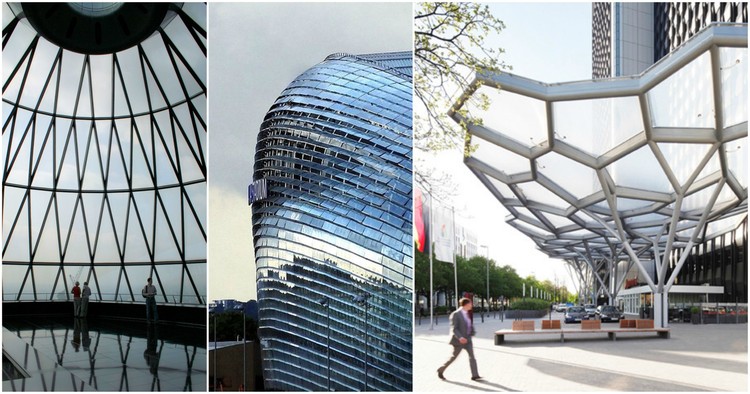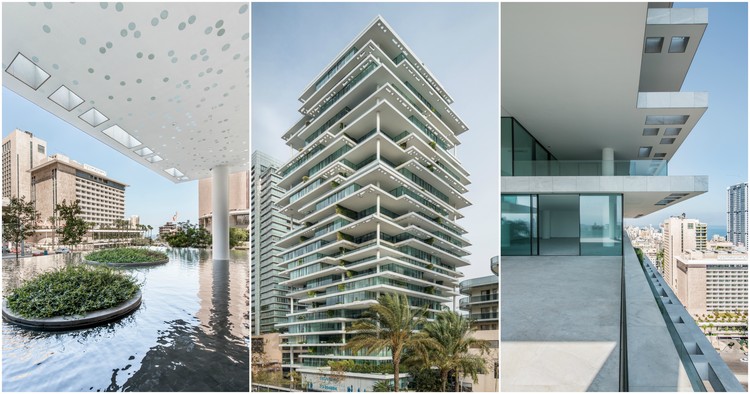
The Museum of Modern Art will explore the architecture of the former Yugoslavia with Toward a Concrete Utopia: Architecture in Yugoslavia, 1948–1980, the first major US exhibition to study the remarkable body of work that sparked international interest during the 45 years of the country’s existence. The exhibition will include more than 400 drawings, models, photographs, and film reels culled from an array of municipal archives, family-held collections, and museums across the region, introducing the exceptional built work of socialist Yugoslavia’s leading architects to an international audience for the first time.







.jpg?1516392347)
.jpg?1516392338)
.jpg?1516392360)
.jpg?1516392312)
.jpg?1516392330)
.jpg?1516392301)





.jpg?1516086194)











.jpg?1515170830)
.jpg?1515171598)
.jpg?1515171343)
.jpg?1515170657)
.jpg?1515171187)
